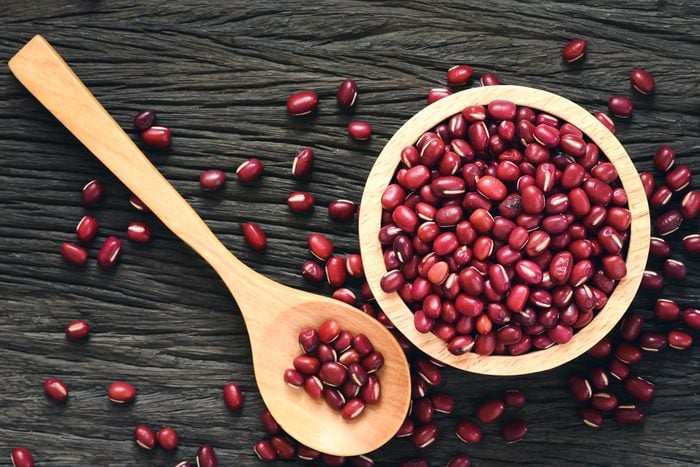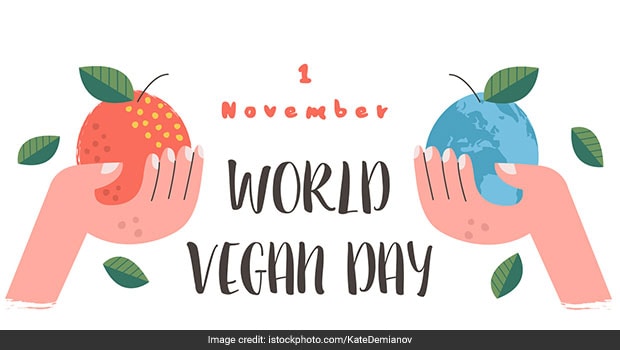
Flexitarian diets can be a healthy and low-fat diet. This diet is made up of fruits, vegetables, and plant-based protein sources. This diet can help lower blood pressure and reduce your chance of developing diabetes. These are the three steps that will make you a flexitarian.
The diet consists of fruits and vegetables as well as plant-based protein sources.
There are many plant-based proteins available and they can be taken in small quantities to meet your body's protein needs. Hemp seeds are a good choice for adding to smoothies and other salads. Hemp seed fiber is rich in plant protein and healthy fats which keeps you satisfied between meals.
Eating a diet rich in vegetables can provide healthy amounts of protein. Cooked Brussels sprouts, for example, provide approximately four grams of protein per portion. Other sources of protein include sweet yellow corn, lentils, and black beans. These foods are low in calories but high in protein per calorie. To make the transition to plant-based eating easier, you can consider substituting meat for your favorite protein source. Look for products that are low in ingredients, high in protein, and low in saturated fat.

is a semi-vegetarian diet
The Flexitarian diet has many benefits, and many people consider it one of the best ways to eat a healthier diet. It lowers your chances of suffering from stroke and cardiovascular disease. Due to its higher fiber content, it can help with weight loss and prolong your life expectancy. It is also healthier for the planet and kinder to animals.
Flexitarians have a flexible diet that is suitable for everyone. It is also good for those who want to cut down on saturated fat, which is found in animal foods like red meat and high-fat dairy products. You should limit the amount of saturated fats you consume. According to the 2015-2020 Dietary Guidelines for Americans, saturated fat intake should not exceed 10% of daily calories. For people with diabetes and other medical conditions, a Flexitarian diet may be able to help. Diabetes patients, for instance, need to be cautious about sugar intake as this can lead to weight gain. Those who are pregnant or breastfeeding should also be careful with this diet.
Might help to lower blood pressure
People who are flexible eaters eat a mostly plant-based diet, but occasionally eat a little meat. These people are often healthier and lose weight. They are more likely to avoid processed meats and refined carbs. In addition, they're encouraged to eat a variety of whole foods, including organic, free-range, and pasture-raised foods.
This diet is especially beneficial to women. This diet is not only easier for the digestive system but may also lower blood pressure. Studies looking at FDs revealed that they can help improve metabolic health and prevent people from developing diabetes. Although FDs tend to be preferred by women, the message should also reach men who might be interested in the diet.

Reduces diabetes risk
A recent study has found that eating a flexible diet may lower the risk of developing diabetes. This diet is similar in structure to a vegetarian, but allows for occasional meat. It has less refined sugar and more fiber. In addition, it promotes insulin sensitivity. According to the study, flexitarians had an 1.5% lower chance of developing diabetes.
Flexitarians get their majority of calories from whole grains, vegetables and legumes. They also receive moderate amounts of animal proteins. The amount of sugars they consume should be limited for flexibility.
FAQ
Why does weight change as we age?
How do you know if your bodyweight changes?
If there are less calories than muscle mass, then weight loss is possible. This means that the daily calories consumed must not exceed the energy used. Activity levels are the most common reason for weight loss. Other reasons include poor eating habits, stress, hormone imbalances, certain medications and illness. Weight gain occurs when there is more fat than muscle mass. It occurs when people consume more calories per day than they need. There are many reasons for this, including overeating and increased physical activity.
We eat less calories than we burn, which is the main reason our bodies lose weight. When we exercise regularly, we increase our metabolism rate which burns off more calories throughout the day. But, this does not mean that we'll get thinner. It is important to know if we are losing weight or gaining muscle. If we're burning more calories than we're consuming then we're going to lose weight. But, if we consume more calories then we burn, then they are being stored as fat.
As we age, our ability to move around is slower and we are less mobile. We also tend to eat less food than we did when we were younger. Also, we are more likely to gain weight. On the flipside, we are more muscular than we really need and appear larger.
There is no way to measure how much weight your body has lost without weighing yourself every week. There are many ways to determine your weight. There are several ways to check your waist size. Some prefer to use bathroom scales, while others prefer tape measures.
You can track your progress by weighing yourself at least once per week and measuring your waistline every month. You can also take photographs of yourself every few years to track how far your progress has been.
You can also find out how much you weigh by looking up your height and weight online. You'd likely weigh 180 pounds if you were 5'10 tall and 180 pounds if you were 180lbs.
What are 5 ways to live a healthy lifestyle?
What are 5 ways to live a healthy lifestyle?
Healthy lifestyles include eating right, exercise regularly, getting enough rest, managing stress, having fun, and eating healthy. Eating well means avoiding processed foods, sugar, and unhealthy fats. Exercise burns calories and strengthens the muscles. Good sleep habits can help improve memory and concentration. Stress management can reduce anxiety and depression. Fun keeps us vibrant and young.
What is the difference in fat and sugar?
Fat is an energy source that comes from food. Sugar is a sweetener found in fruits, vegetables, and other foods. Both fats as well as sugars contain the same amount of calories. But fats are twice as calories as sugars.
Fats are stored in the body and contribute to obesity. They can increase cholesterol levels in the arteries and cause strokes and heart attacks.
Sugars provide instant energy and are rapidly absorbed by the body. This causes blood sugar levels to rise. High blood glucose levels are dangerous as it can increase the likelihood of developing type 2 diabetes.
Statistics
- In both adults and children, the intake of free sugars should be reduced to less than 10% of total energy intake. (who.int)
- WHO recommends consuming less than 5% of total energy intake for additional health benefits. (who.int)
- This article received 11 testimonials and 86% of readers who voted found it helpful, earning it our reader-approved status. (wikihow.com)
- WHO recommends reducing saturated fats to less than 10% of total energy intake; reducing trans-fats to less than 1% of total energy intake; and replacing both saturated fats and trans-fats to unsaturated fats. (who.int)
External Links
How To
How to stay motivated and stick to healthy eating habits and exercise
Tips for staying healthy and motivated
Motivational Tips to Stay Healthy
-
Create a list of your goals
-
Set realistic goals
-
Be consistent
-
When you achieve your goal, be kind to yourself
-
Even if you make a mistake, don't quit!
-
Have fun!